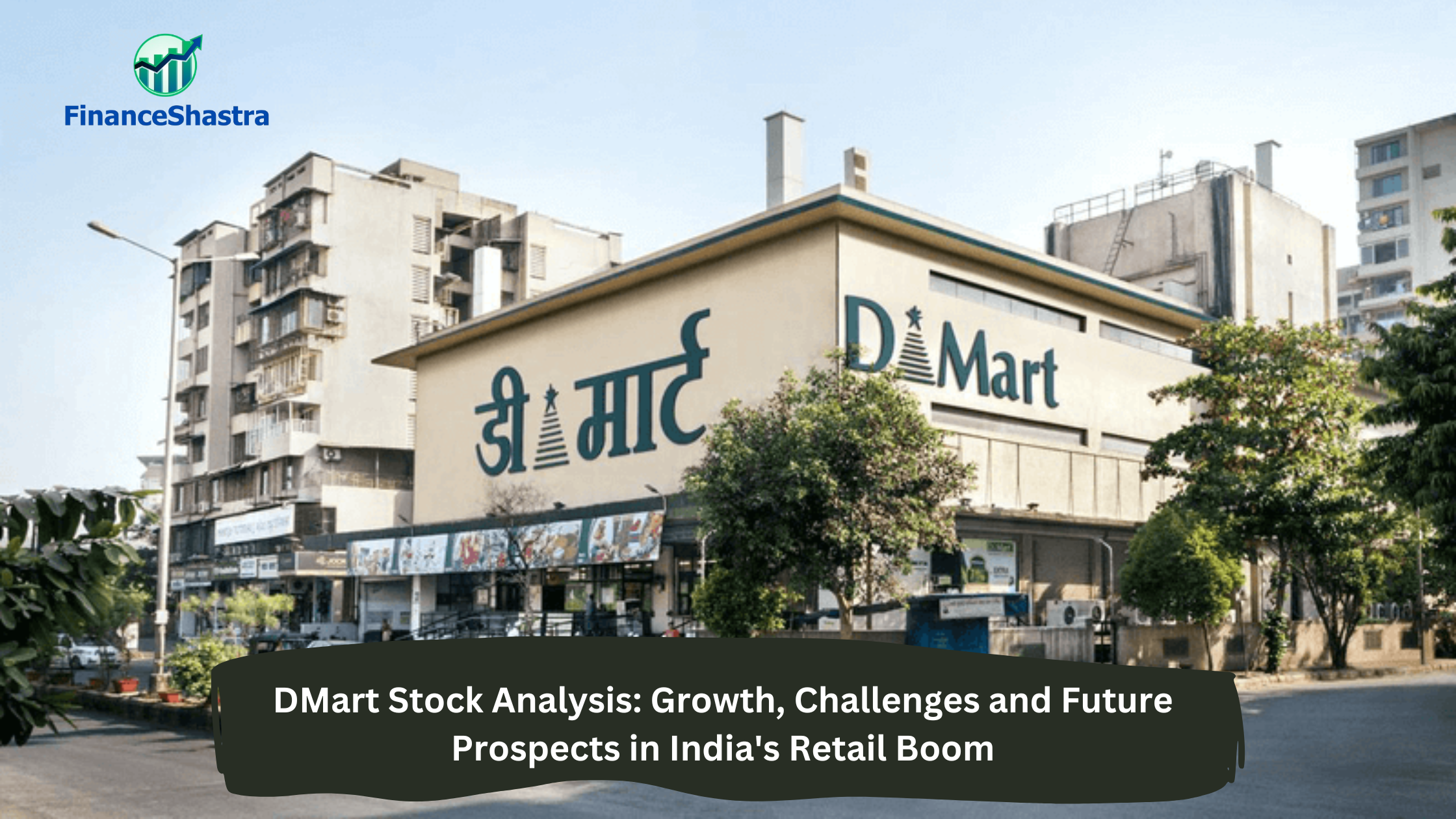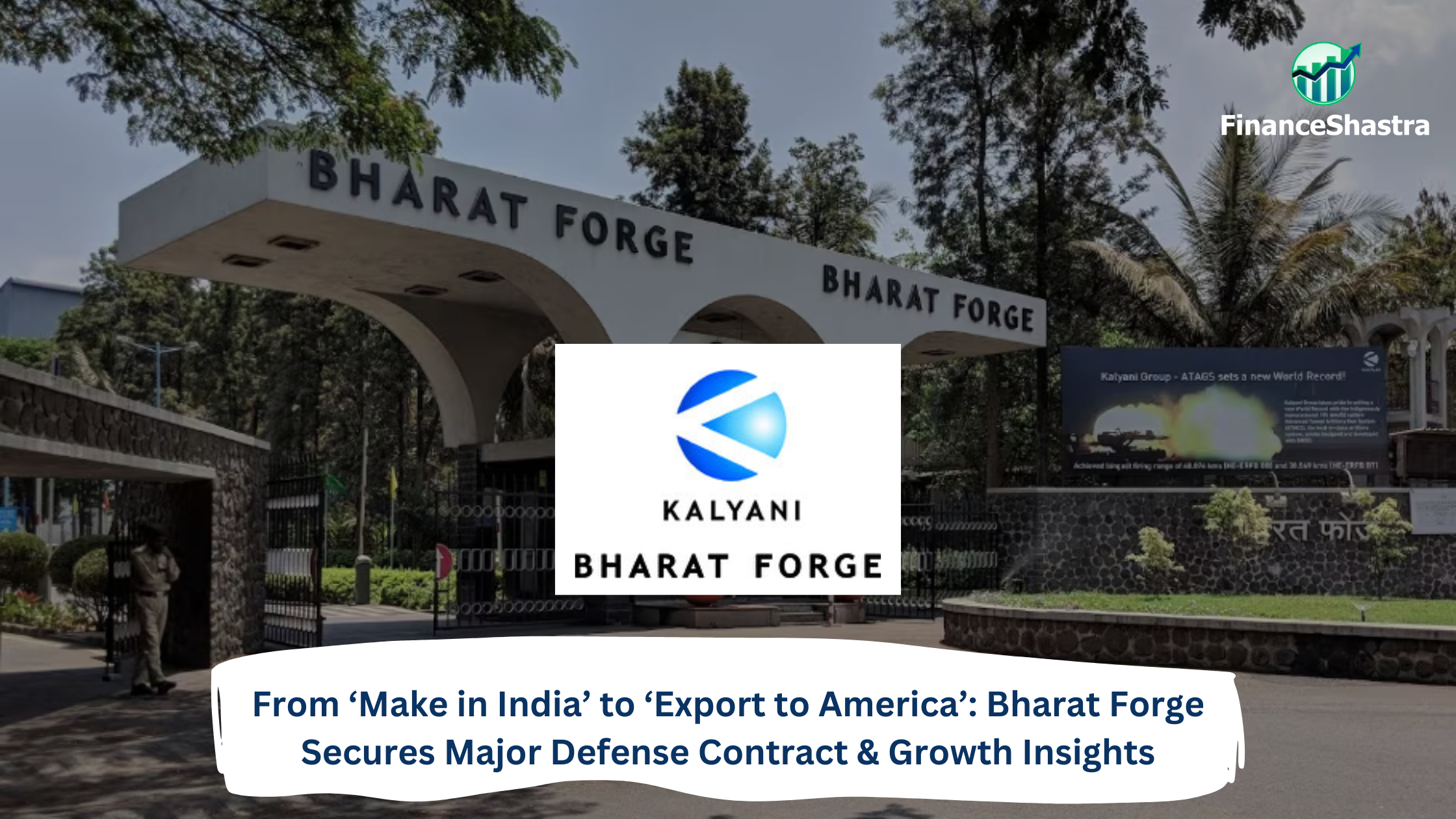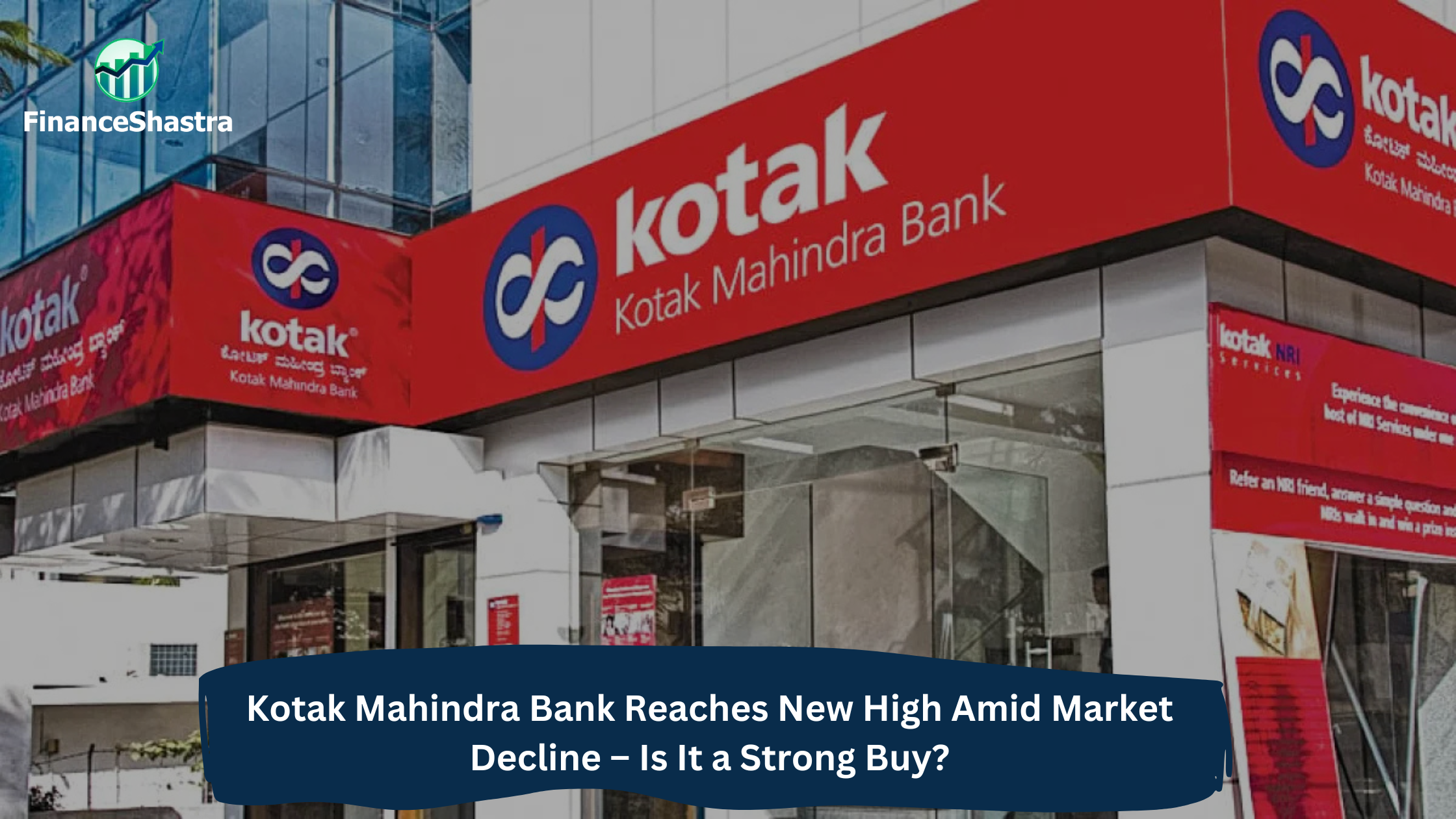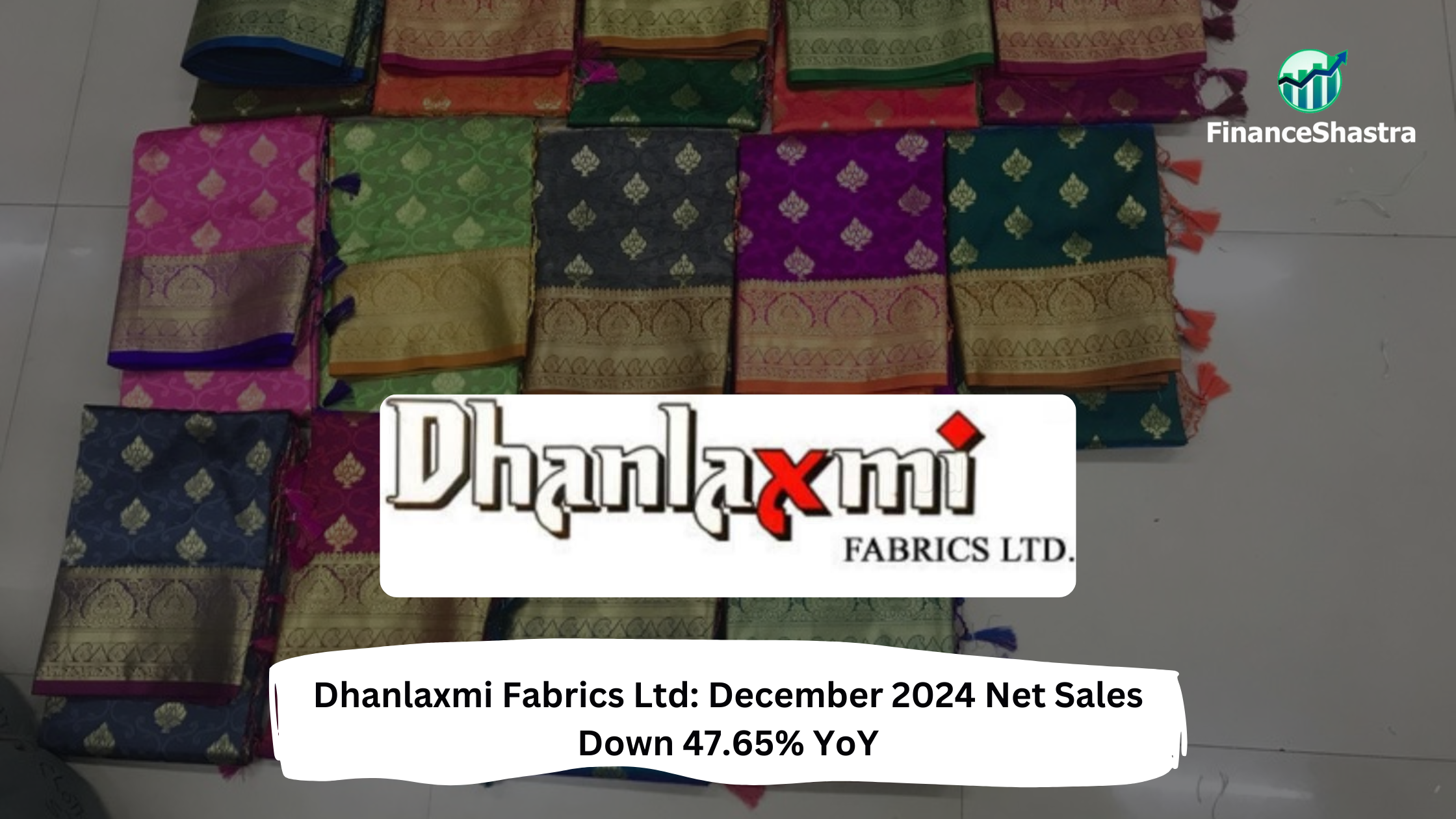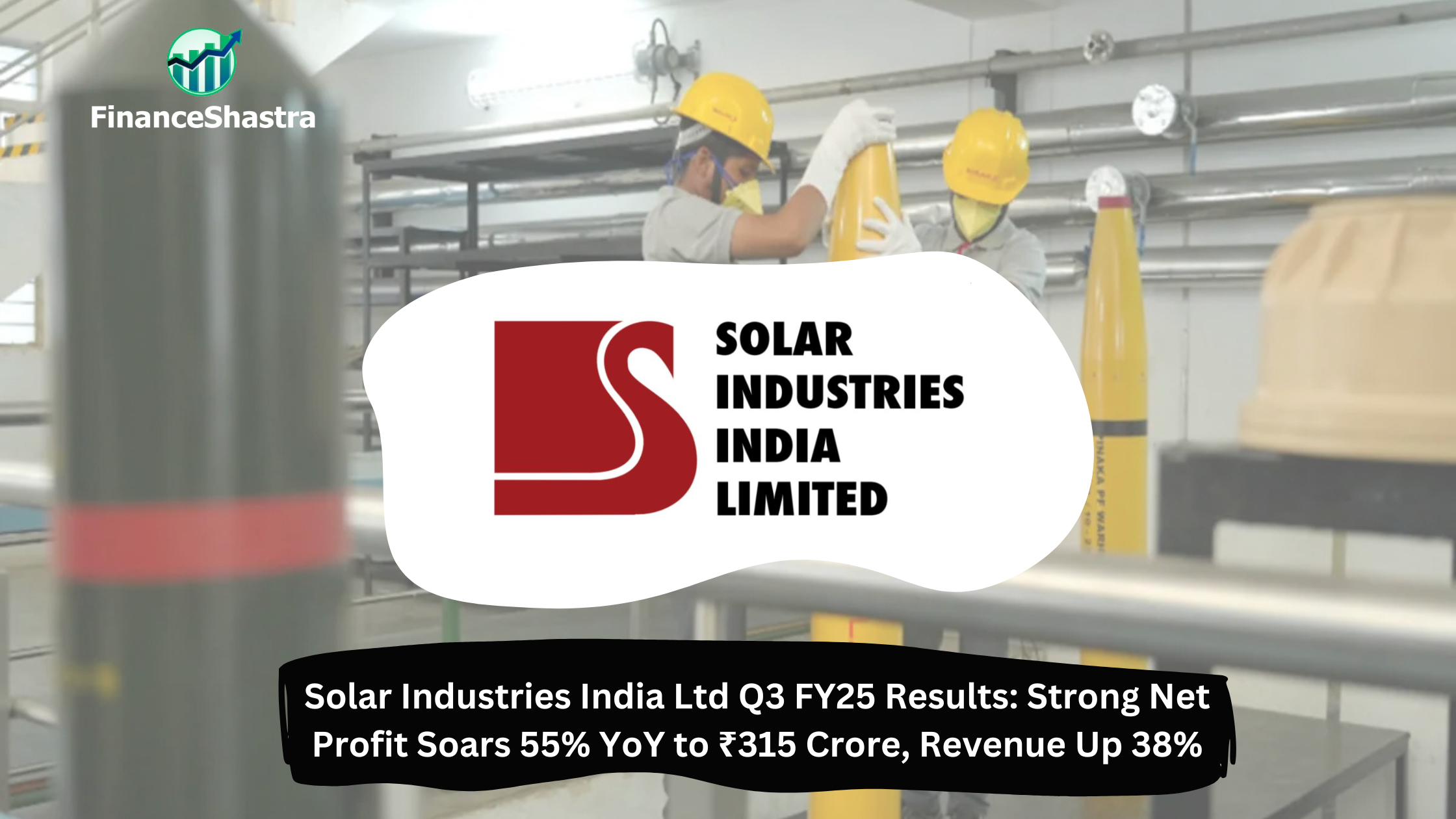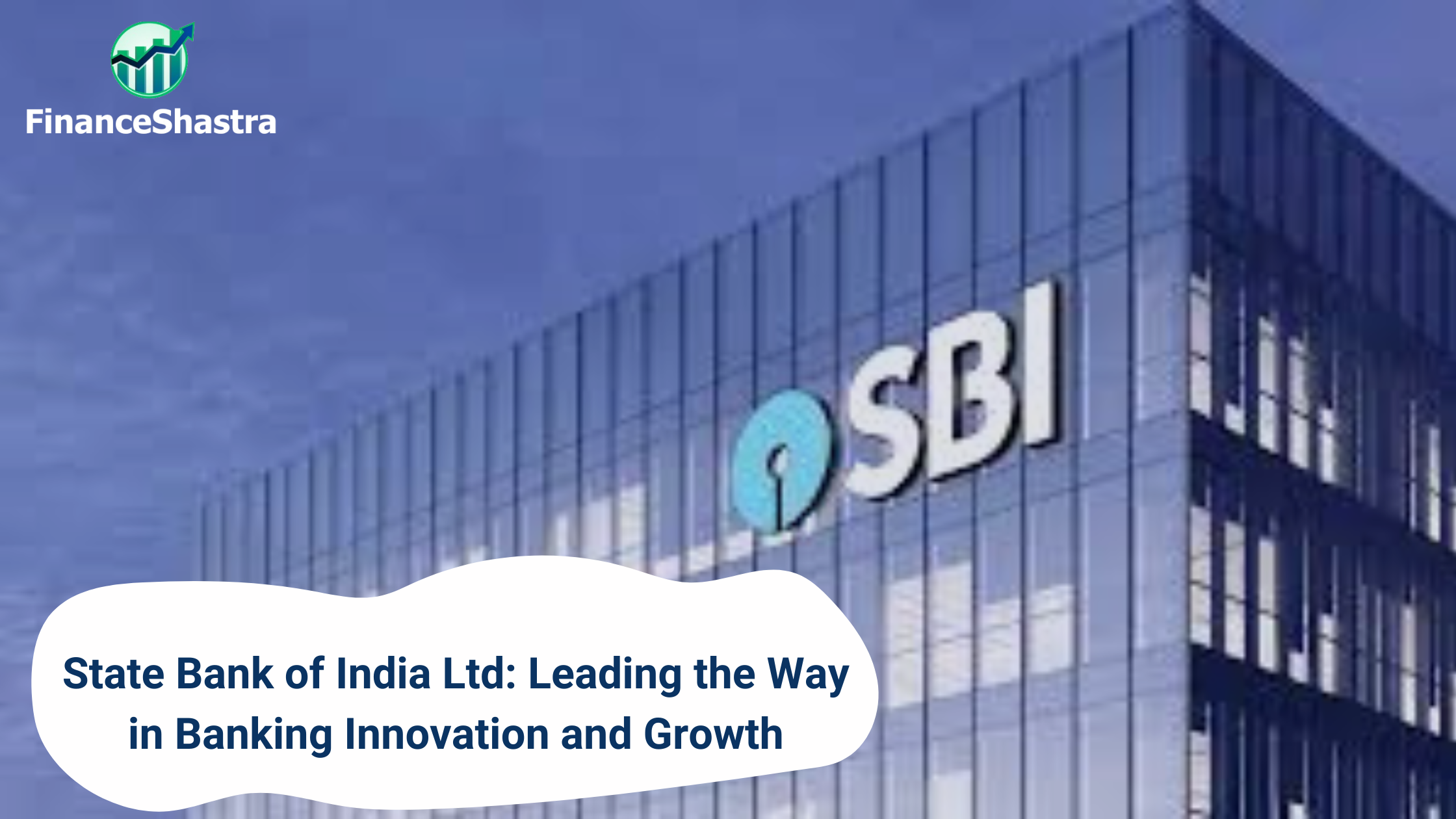Shree Cement: Market Performance, and Growth Prospects in India’s Booming Cement Industry
Business and Industry Overview:
Shree Cement is a major cement company in India. It started in 1979 in Beawar, Rajasthan. The founder was Benu Gopal Bangur. Today, the company’s head office is in Kolkata, West Bengal. It has plants in many parts of India. These plants are in Rajasthan, Haryana, Uttarakhand, Uttar Pradesh, West Bengal, and Chhattisgarh. The company also owns a cement plant in the UAE, which it bought in 2018. The company makes several types of cement. It produces Shree Ultra, Shree Duraguard, and other types of cement. This cement is used in building houses, roads, and other structures. It also makes power. This power is used in its factories. The company sells power under two names: Shree Power and Shree Mega Power. The company has a cement production capacity of 50.9 million tonnes per year. It is growing and expanding. In 2021, Shree Cement announced that it would spend Rs 4,750 crore to build new plants. It also planned to improve existing plants. One of the new plants is in Nawalgarh, Rajasthan. It started in 2023. In the past, Shree Cement faced safety issues at its factories. In 2018, a crane accident caused the death of six workers. In 2024, another accident in the same factory killed four workers. These accidents led to safety investigations. Despite these problems, Shree Cement remains one of the largest cement companies in India. It keeps growing by investing in new projects and improving its technology. The company is known for its strong brand and commitment to quality.
The cement industry in India is one of the largest in the world. India is the second-largest producer of cement, after China. Cement is a crucial material used in construction. It is used for building houses, roads, bridges, and other infrastructure. The demand for cement is directly tied to how much construction is happening. In 2023, India’s cement market size was 3.96 billion tonnes. By 2032, this number is expected to grow to 5.99 billion tonnes. This shows that the demand for cement will keep rising. The growth rate of the industry is expected to be 4.7% each year. This is due to several factors like the need for more buildings, roads, and bridges. In the first quarter of FY25, the cement industry saw only a small growth of 2-3%. This slowdown happened because construction was affected by the Lok Sabha elections. During this time, many construction projects were delayed. But after the elections, the industry is expected to grow by 7-8%. This will happen because of increased demand from infrastructure projects and housing. One of the biggest projects boosting cement demand is the Mumbai-Ahmedabad Bullet Train Corridor. This high-speed train project needs a lot of cement. Every day, it uses 20,000 cubic meters of cement, which is enough to build eight 10-story buildings. The project is also creating many jobs. About 20,000 workers are involved in it. Large projects like this will continue to drive demand for cement in the future. India’s cement production capacity is growing. In FY23, India’s cement production capacity was 570 million tonnes. By FY27, it is expected to reach 715-725 million tonnes. Cement companies are expanding their plants to meet the growing demand. Companies like UltraTech, ACC, Ambuja Cement, and Shree Cement are building new plants in areas where there is high demand, like in eastern and southern India. Even though there was a slowdown in the first part of FY25, the cement industry will keep growing. The demand for cement will continue to be strong due to large infrastructure projects and housing needs. The government is focusing on building smart cities, improving roads, and making affordable homes. All of these projects will need a lot of cement.
India has plenty of raw materials like limestone and coal to make cement. These materials are available in many parts of the country. This helps keep the cost of making cement low. Also, foreign companies are investing in India’s cement industry. Between 2000 and 2024, foreign direct investment (FDI) in the cement industry was US$ 7.91 billion. Companies like Lafarge-Holcim and Heidelberg Cement are bringing new technology to India. Indian cement companies are also working to be more eco-friendly. The cement industry produces a lot of carbon emissions, which harm the environment. Many companies are trying to reduce their emissions. They are using alternative fuels and greener technologies. Some are also making blended cement, which is better for the environment. Indian cement companies are among the world’s greenest, and they will continue to focus on sustainability. Overall, the cement industry in India is growing. The demand for cement is expected to rise due to more construction, infrastructure projects, and housing needs. Cement companies are expanding and improving their production capacity. The future of India’s cement industry looks positive with increasing investments and a steady demand for cement.
Shree Cement is a large cement company in India. It can make 50.9 million tonnes of cement every year. This helps the company meet the high demand for cement in India and other countries. The company has factories in many places, like Rajasthan, Haryana, and West Bengal. This helps them send cement to many parts of India. Shree Cement cares about the environment. It uses clean technology to reduce pollution. The company also makes power along with cement. This helps them earn extra money and stay strong. People trust Shree Cement because they make high-quality cement. Many builders and construction companies use their cement. The company has grown by buying other companies, like Union Cement in the UAE. Shree Cement is building new factories in Rajasthan and West Bengal to meet the growing need for cement. The company keeps its costs low, so it can sell cement at good prices. Shree Cement is financially strong. This allows it to improve its products and grow more. This helps the company stay ahead in the cement market.
Latest Stock News:
Shree Cement’s stock has risen 64% in five years, which is below the market return. In the last year, it increased by 9.4%. Despite the stock price growth, the company’s earnings per share (EPS) have fallen by 2.4% per year. This suggests that profits are not the main reason for the stock’s rise. Instead, the company’s revenue has grown by 11% annually, showing business expansion. The dividend yield is low at 0.4%, but the total shareholder return (TSR), which includes dividends, was 66% over five years. This is slightly better than just the share price return. Investors should consider these factors, along with potential risks, before making decisions.
Shree Cement’s stock performance has been somewhat underwhelming in comparison to market expectations. Over the past five years, the company’s share price rose by 64%, which is lower than the overall market return. In the last year, the stock increased by 9.4%. Despite this, Shree Cement’s earnings per share (EPS) actually dropped by 2.4% annually during this period, making it hard to rely on EPS growth as a key indicator of the company’s success. The company’s revenue growth of 11% per year is a positive sign, indicating that Shree Cement is expanding. This growth could be an indication that the company is focusing on expansion and reinvestment rather than short-term profitability. The modest dividend yield of 0.4% doesn’t seem to be a major attraction for investors, but the company’s overall performance in terms of revenue growth shows a positive outlook. In terms of total shareholder return (TSR), Shree Cement’s TSR over the last five years was 66%, which surpasses its share price return. The dividend payments have significantly contributed to this higher TSR, showing that investors who have reinvested their dividends have benefited more. Over the last 12 months, Shree Cement has delivered a TSR of 9.8%, which is an encouraging sign for investors. However, it’s important to consider other factors like market conditions and the potential risks associated with the company. Analysts have pointed out three warning signs for Shree Cement, which investors should be aware of before making any decisions.
Potentials:
Shree Cement has big plans for the future. They will invest ₹7,000 crore to build new cement plants in Rajasthan, Uttar Pradesh, and Karnataka. These plants will add 12 million tonnes of cement capacity. This will help them produce more cement to meet the high demand. They are also starting a new business to make Ready Mix Concrete (RMC). RMC is used in many construction projects. To do this, Shree Cement plans to build five new RMC units across India. They are working on ongoing projects in West Bengal, Andhra Pradesh, and Rajasthan. A new plant in Purulia, West Bengal, is already in the trial stage. Another plant in Nawalgarh, Rajasthan, will be finished soon. The company also has plans for a new plant in Guntur, Andhra Pradesh. By completing these projects, Shree Cement wants to increase its production to over 80 million tonnes in the next few years. This growth will help them stay competitive and meet the needs of the growing construction industry.
Shree Cement is focusing on the northern part of India to make more profit. They recently spent ₹3,500 crore to build a new, modern cement plant in Nawalgarh, Rajasthan. This plant is one of the most advanced in India. It can produce 11,500 tonnes of cement every day. The plant uses the latest technology to save energy and use alternative fuels, which helps the environment and lowers costs.
The plant is located in a good area. It is close to places like the National Capital Region (NCR), Punjab, and Haryana, where there is a high demand for cement. These areas are growing fast and need a lot of cement for building projects. Being close to these areas helps Shree Cement deliver cement faster and more cheaply.
Shree Cement has also seen great financial success. In the quarter ending June 30, their profit after tax grew by 84% compared to last year, reaching ₹581 crore. This is because their operations are becoming more efficient and the demand in the northern region is strong.
Experts believe that Shree Cement will continue to do well over the next two years. The company is in a good position to benefit from the growth in the cement industry. With its new plant, better operations, and strong presence in the northern region, Shree Cement is likely to see steady growth and higher profits in the future.
Analyst Insights:
- Market capitalisation: ₹ 1,04,589 Cr.
- Current Price: ₹ 28,987
- 52-Week High/Low: ₹ 29,320 / 23,500
- Stock P/E: 85.5
- Dividend Yield: 0.36%
- Return on Capital Employed (ROCE): 14.8%
- Return on Equity: 12.2%
Shree Cement is trading at a very high price compared to other cement companies. This means investors are paying more for each share than its actual earnings. The company’s profit has dropped 46% in one year. This is a big decline. It shows the company is struggling to make money. Earnings per share (EPS) have also fallen. EPS tells how much profit a company makes for each share. A lower EPS is a bad sign for investors. The company’s sales growth is very slow. This means it is not selling much more than before. A growing company should have increasing sales. In the latest quarter, its profit fell 72% compared to the same time last year. This is a huge drop. It shows the company is not making as much money as before. The company is also not using its money as efficiently as other cement companies. This means it is not getting the best results from its investments. Since the stock price is very high and the company is not performing well, it is a risky investment. It is better to sell or avoid this stock.


